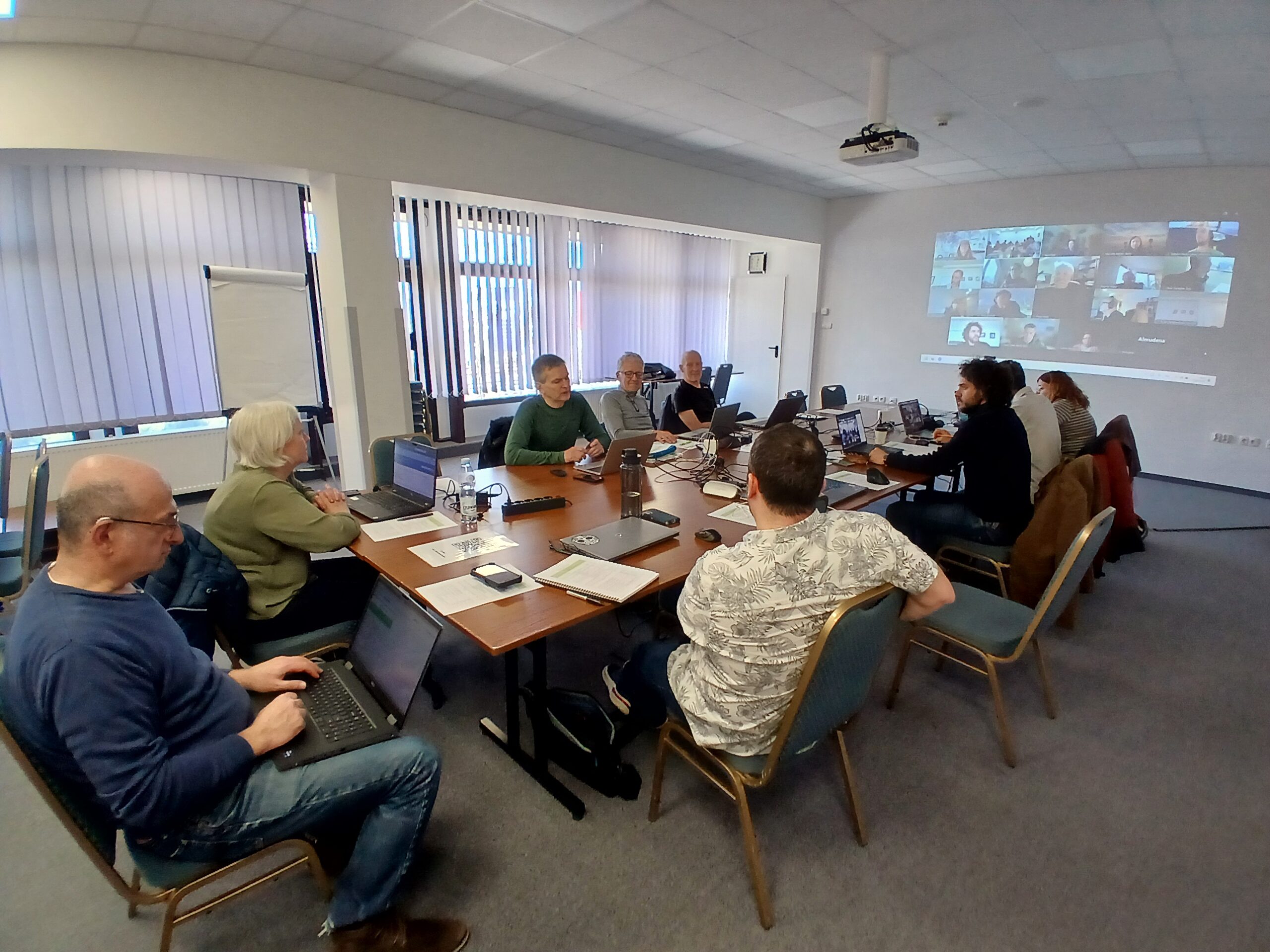From 25 to 28 March 2025, The Working Group on Oceanic Hydrography (WGOH) met at the headquarters of the National Marine Fisheries Research Institute. The group operates within the framework of the International Council for the Exploration of the Sea (ICES). The NMFRI actively participates in the work of the WGOH through its representative, Dr. Tycjan Wodzinowski from the Department of Fisheries Oceanography and Marine Ecology.
As every year, the participants presented the results of salinity and surface water temperature measurements in the northern part of the Atlantic Ocean. The measurements were taken from research vessels operating in the area, including our vessel Baltica. These measurements are taken using CTD probes lowered from the deck. An additional source of data, which is very important and increasingly widely used, are autonomous underwater vehicles called ‘gliders’. The information gathered by these underwater robots is very useful, especially since they operate in a selected area of the ocean continuously for several months, regardless of the weather. Fun fact is that these devices are also used in the Baltic Sea. In Poland, the Institute of Oceanology of the Polish Academy of Sciences in Sopot is in charge of the Argo programme.

Photo: WGOH working group meeting at NMFRI headquarters
The results were analysed in subgroups for each sea and conclusions were drawn for the regions. This was followed by a consultation of all subgroups. As a result, a global overview of the Atlantic Ocean was created, which will be published on the website https://ocean.ices.dk/core/iroc# under the tab ‘Highlights’. The website is part of the ICES Report on Ocean Climate (IROC). The report, which is currently compiled every three years, describes the climatic situation of the upper water layers of the North Atlantic, taking into account the individual water bodies.
Regional conclusions are presented at the meeting, which not only point out the changes taking place, but also their effects. In the case of the Baltic Sea, great emphasis is placed on the impact they have had on the oxygenation of seawater, especially at the bottom of our basin, which is unusually shallow compared to the rest of the ocean. This is important for the distribution of marine organisms, which also has an impact on fishing. In addition to a representative from the NMFRI, colleagues from the Swedish Meteorological and Hydrological Institute (SMHI) and Tallinn University of Technology are also involved in the interpretation of Baltic Sea data. Due to the proximity and interaction between the sub-basins, the Baltic Sea subgroup consults with the North Sea subgroup. Similar practices are carried out in the other subgroups. As a result, the picture of the situation of the individual seas described later in IROC is consistent with the rest of the studies contained therein.
Besides the report on the situation of the North Atlantic, there were also presentations and seminars. A representative of the NMFRI gave a talk on the institute’s activities and the characteristics of the Baltic Sea. The group also dealt with organisational matters and the planning of further activities for the coming years. The next meeting in 2026 is planned to take place in Scotland. During the meeting, interested delegates had the opportunity to familiarise themselves with the infrastructure of the Institute and to see for themselves the research capabilities of the Institute, not only in the field of oceanography, but also in other fields of science.
T. Wodzinowski




